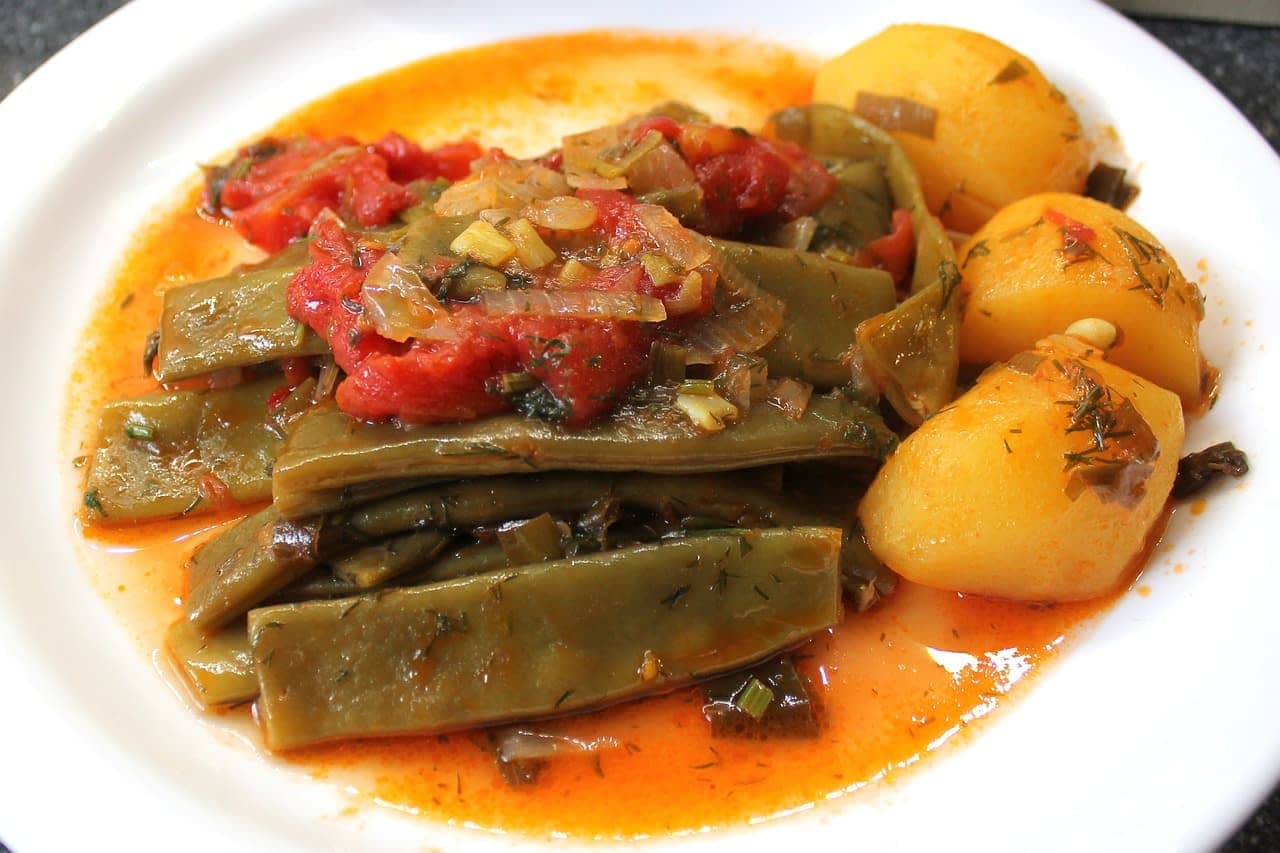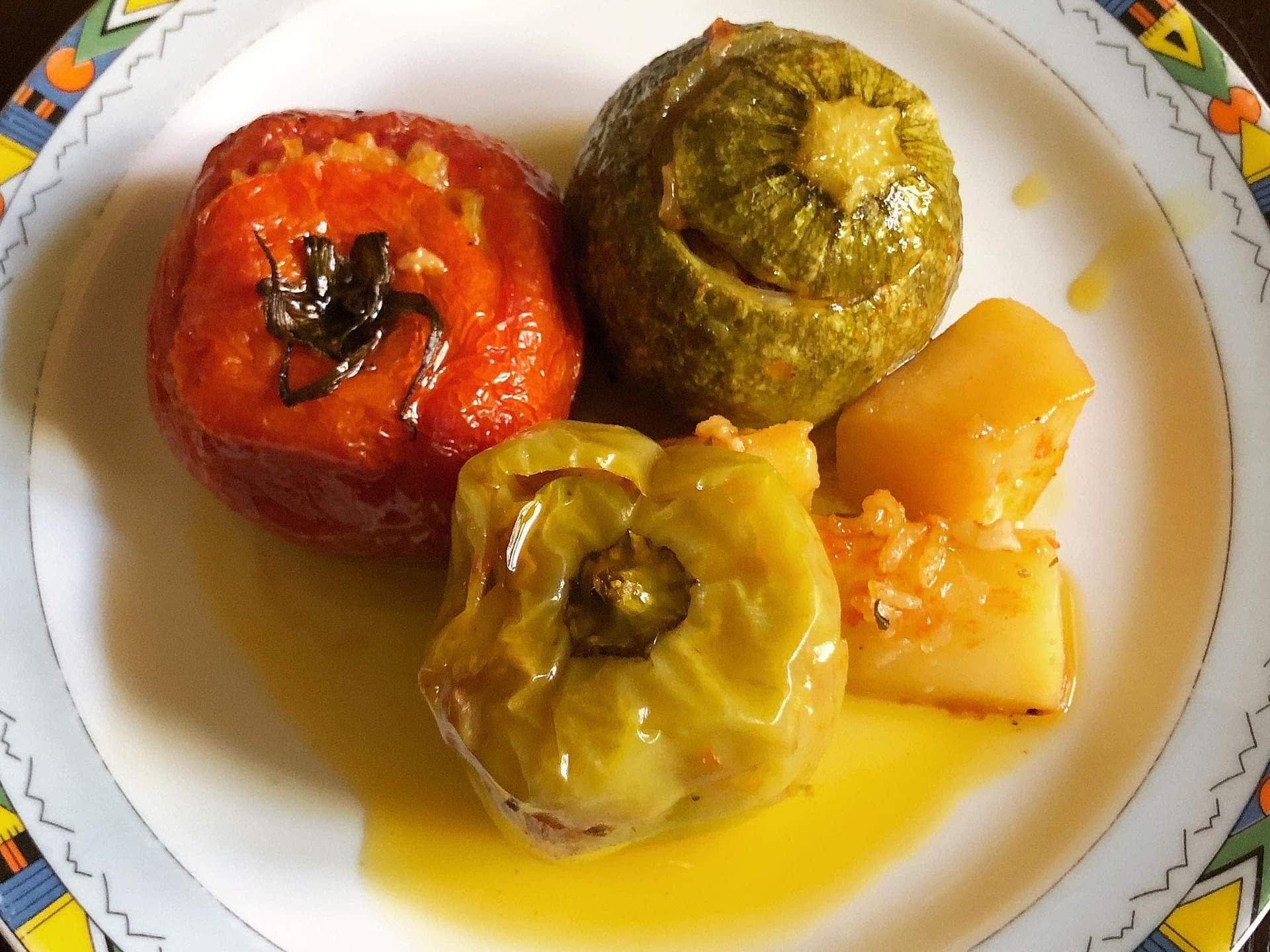Summer time in Greece is the perfect time to attempt a few of the counattempt’s classic dishes. With a tradition misplaced within the mists of time, the nation’s cuisine emphasizes the staples of the celebrated Mediterranean diet of their most interesting kind, with extra virgin olive oil on the foreentrance.
“The Greek summer is just not solely in regards to the sea and the solar, it’s also about flavors,” Maria Prokopiou, an Athens-based endocrinologist and diabetologist, advised Olive Oil Instances. “Flavors filled with colors that mirror the nation’s wealthy history and fertile land.”
Greek cuisine is a distinctive bouquet of colors and flavors. Aside from the fantastic style, it additionally professionalvides us with a wealth of hint elements, antioxidants and vitaminutes which have many well being benematches.
“It’s virtually impossible to go to Greece within the summertime and never style the tomatoes, eggvegetation, beans, okra and zucchini, together with herbs comparable to parsley, dill, oregano and mint in a variety of recipes across the counattempt.”
Whereas the colorful Greek salad captivates style buds, Prokopiou named a few extra dishes which can be a delight to attempt within the scorching Greek summer.
Moussaka
Extra virgin olive oil plays a central role in the king of traditional Greek cuisine, moussaka. (Photo: Spyros Papailias via Facebook)
Served in each restaurant and tavern throughout the counattempt, moussaka is a meat and eggplant cassefunction topped with a layer of béchamel sauce that turns golden brown when baked.
“The king of the traditional Greek cuisine is the moussaka,” Prokopiou mentioned. “The original recipe consists of layers of sautéed eggvegetation and floor beef meat prepared with tomato and herbs, blanketed in a creamy béchamel sauce made with milk, flour and olive oil.”
Though the essential béchamel is made with howeverter combined with flour to kind a roux, a twist usually present in Greece is to interchange the howeverter with an equal quantity of olive oil for a well beingier outcome.
Moussaka is broadly thought to have emerged within the Center East centuries in the past. Nonetheless, its precise origins are mysterious. Over time, the dish incorporated elements from different cuisines, including the Ottoman Empire, to turn into the enduring Greek dish identified worldhuge.
Legend has it that the French contact to the dish – the béchamel – was added by the famend Greek chef and advocate of French gasolinetronomy Nikolaos Tselementes within the Twenties.
See Additionally:Cooking With Extra Virgin Olive Oil
Together with excellent flavor, moussaka affords a variety of nutrients to the human physique.
“The eggplant contains many antioxidants in its pores and skin and flesh comparable to fiber, potassium and nasunin, a substance associated with lowering blood cholesterol and considered professionaltective for mind cells,” Prokopiou mentioned.
“The human physique additionally will get good quality animal professionaltein and iron from the bottom meat, calcium from the milk used within the sauce and power from the flour,” she added.
Nasunin, a chemical constituent present in abundance in eggplant peels, has attracted a lot attention from scientists for its beneficial results on human well being, comparable to reducing mind inflammation and its potential applications within the meals indusattempt.
“For these on a food regimen or watching their day by day caloric consumption, however, moussaka needs to be consumed in moderation as it may be excessive in calories relying on whether or not the eggvegetation are fried or baked and the way lean the meat is,” Prokopiou mentioned.
For aspiring residence cooks, moussaka is a complicated dish to prepare. Nonetheless, when carried out correctly, it generously rewards demanding palates. A modern twist is to make use of eggvegetation and thinly sliced potatoes as the bottom of the dish to make it extra sturdy.
Some cooks suggest utilizing a simple yogurt sauce as a substitute of the béchamel for a lighter version of moussaka. This sauce is easily made with Greek strained yogurt, eggs and a contact of nutmeg.
Μoussaka will also be a vegan dish, substituting sautéed mushrooms or a tomato lentil sauce for the bottom meat and a mashed potato primeping for the béchamel sauce.
Inexperienced bean Lathera

Extra virgin olive oil helps to marry the ingredients of green bean lathera. (Photo: Pixabay)
Inexperienced bean (fasolakia in Greek) cooked in olive oil is a Greek staple that belongs to a special family of dishes of Greek cuisine referred to as lathperiod, implying ‘in olive oil.’
Lathera comprises dozens of recipes for plant-based meals cooked in olive oil, perfect for vegetarians or these following a meat-free food regimen.
“Recent inexperienced beans are essentially the most well-known representative of the lathperiod dishes,” Prokopiou mentioned. “Stewed with onion, tomato and additional virgin olive oil, they’re a positive supply of fiber, vitaminutes and hint elements, including calcium and phosphorus, magazinenesium, potassium and vitaminutes A and Okay.”
Prokopiou added that these substances classify inexperienced beans as a meals wealthy in antioxidants, which professionaltect towards free radicals. “Plus, they’re low in calories,” she mentioned.
See Additionally:Wild Edible Vegetables, a Hidden Gem of Greek Cuisine
Lathera dishes are prepared with recent seasonal ingredients and are the form of meals that may feed entire families with budget-friendly however flavorful ingredients. Inexperienced beans and black-eyed beans, courgettes and courgette circulationers, okra, peas, eggvegetation and artichokes can all be used to make lathperiod dishes.
In keeping with Greek chef and prepare dinnere book writer Dina Nikolaou, combining olive oil with vegetables is the important thing to delivering out the flavors in a dish.
“The essential ingredient, the olive oil, and the vegetables are ‘getting married’ to present the ultimate deliciousness,“ Nikolaou mentioned. “And if we accompany lathperiod with a block of feta cheese, then we will discuss in regards to the quintessence of style.”
In addition, the additional virgin olive oil used to prepare a lathperiod recipe magazinenifies the dish’s nutritional worth.
Scientific analysis has discovered that additional virgin olive oil phenols are transferred to vegetables cooked in it. Moreover, certain nutrients in some vegetables turn into extra bioavailcapable of the human physique within the presence of olive oil.
Gemista

Gemista is a ubiquitious extra virgin olive oil-infused summer dish in Greece, reminiscent of fond childhood memories. (Photo: Dimitra Christidi via Facebook)
No meals brings again extra little onehood memories for Greeks than gemista.
Historically a Sunday meal for the entire family within the summer, gemista (implying ‘stuffed’) is a traybake of tomatoes and peppers filled with a rice filling.
“Gemista is made with tomatoes and bell peppers which have been emptied inside,” Prokopiou mentioned. “Their flesh is then sautéed with olive oil, parsley, grated apple, grated mizithra cheese, and rice to make the filling and stuff the emptied vegetables with. Then, the vegetables are baked after being sprinkled with additional virgin olive oil.”
Mizithra is a low-calorie, low-fat traditional Greek sheep or goat milk cheese. It’s broadly utilized in grated kind as a condiment in pasta recipes.
Tomatoes, botanically classified as fruits however broadly considered vegetables as a result of they’re principally cooked or utilized in saladvertisements, are rich in lycopene, an antioxidant.
Prokopiou mentioned the lycopene turns into extra availin a position because the tomatoes are cooked, which provides to the dish’s nutritional worth.
All components of a gemista dish are edible, including the skins of the tomatoes and peppers, that are gentleened and candyened with prepare dinnering.
Different vegetables, comparable to eggvegetation and spherical courgettes, will also be used to make gemista. A few potato spuds usually complement the vegetables within the dish.
“Gemista affords a vary of wholesome substances, including the olive oil phenols, the lycopene, minerals and hint elements that fortify our immune system,” Prokopiou mentioned. “In a phrase, gemista is a complete meal, containing professionaltein from the cheese, automobilebohydrates and vegetables.”
“Greek cuisine is a distinctive bouquet of colors and flavors,” she concluded. Aside from the fantastic style, it additionally professionalvides us with a wealth of hint elements, antioxidants and vitaminutes which have many well being benematches for the human physique, no matter our dish of alternative.”

